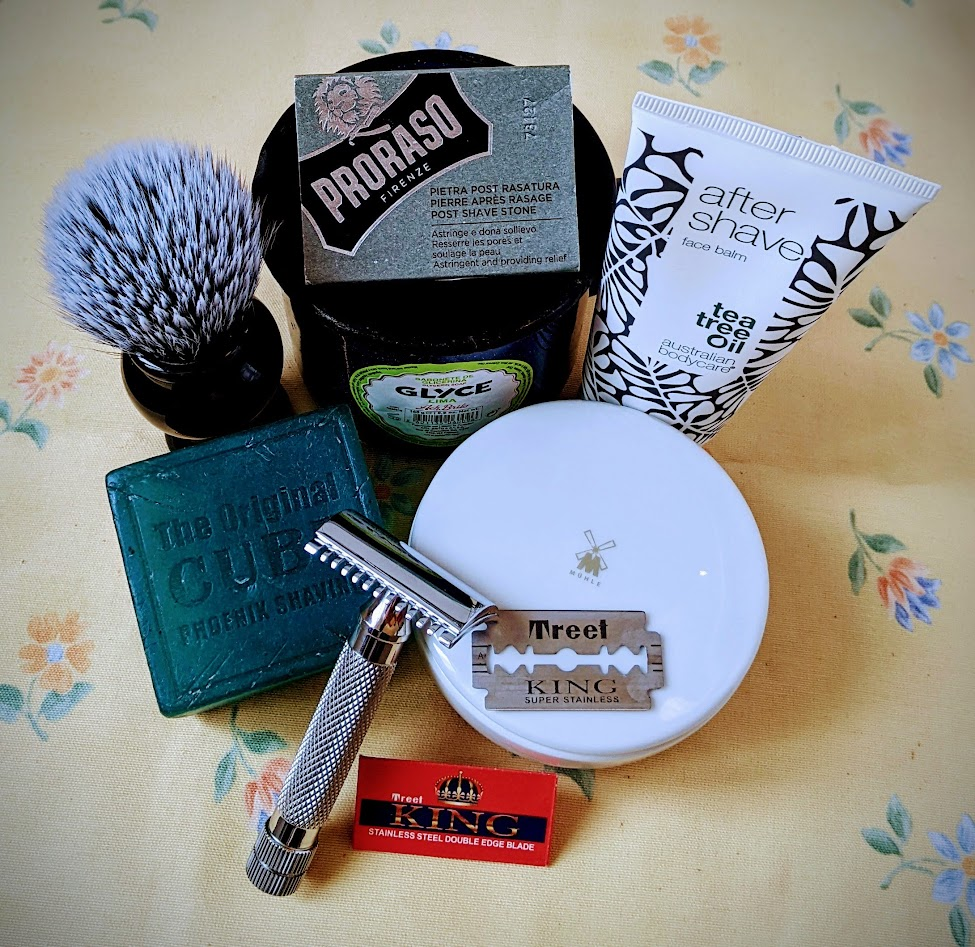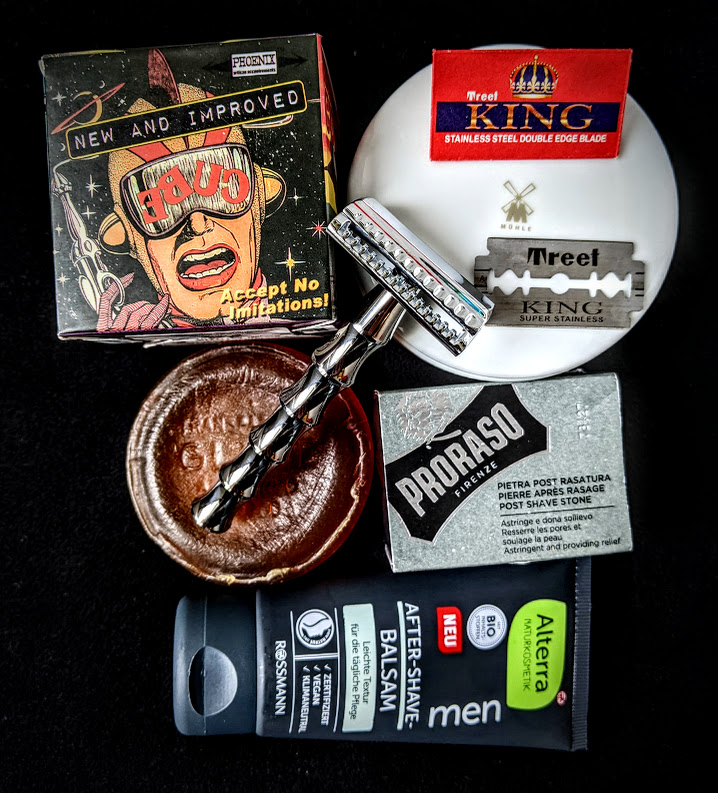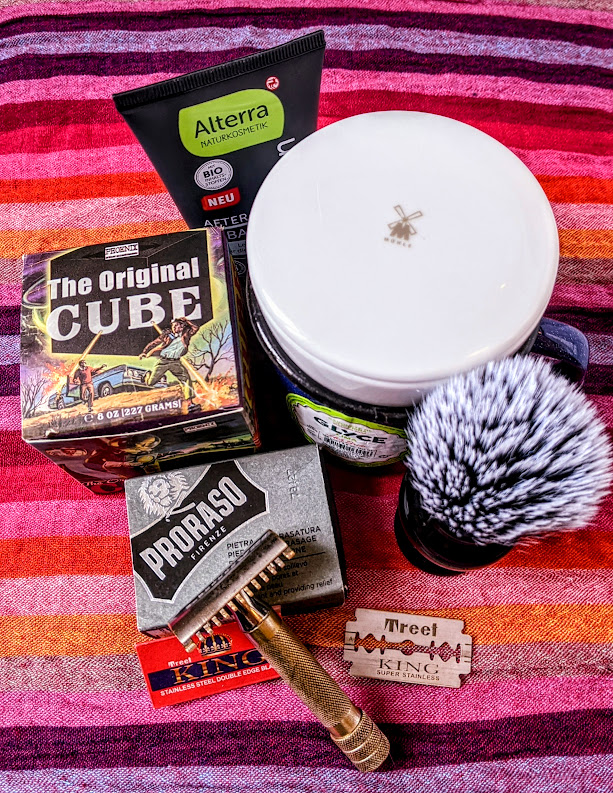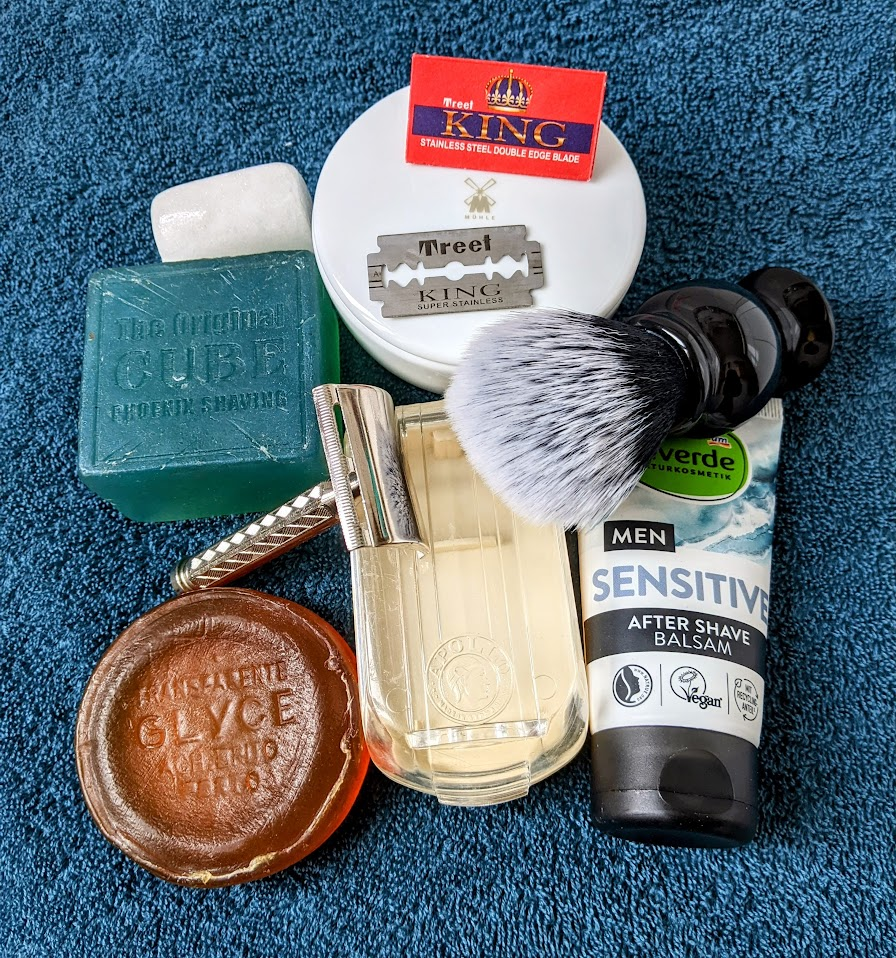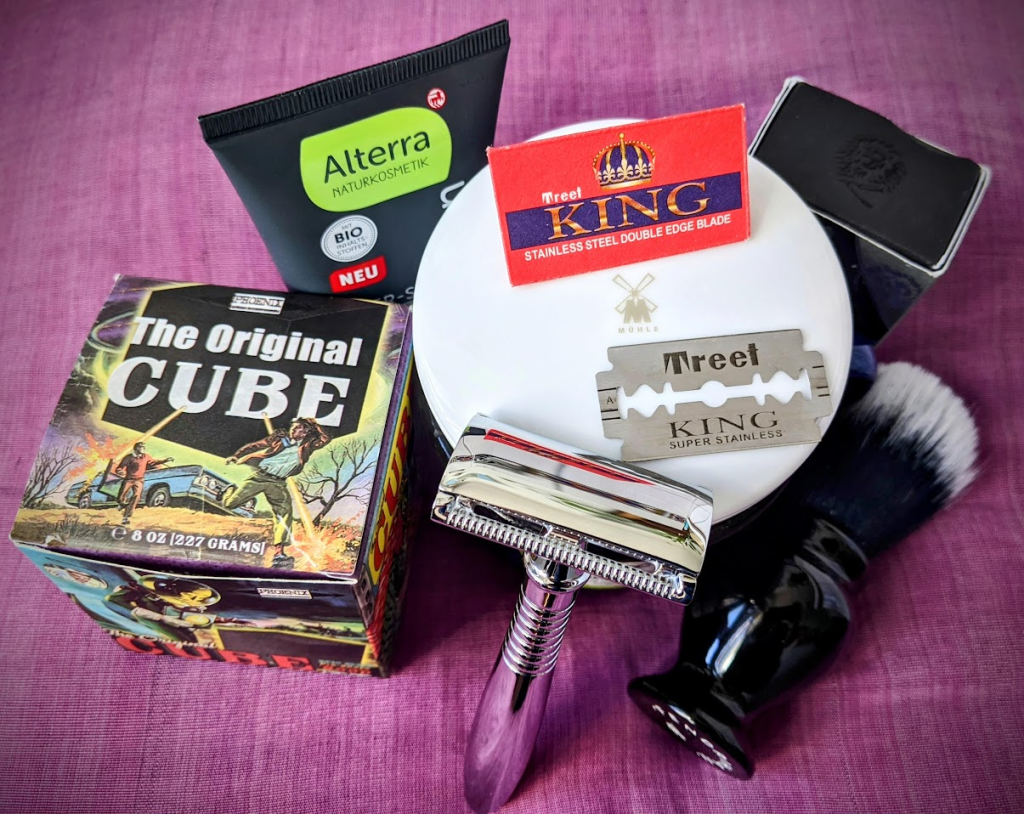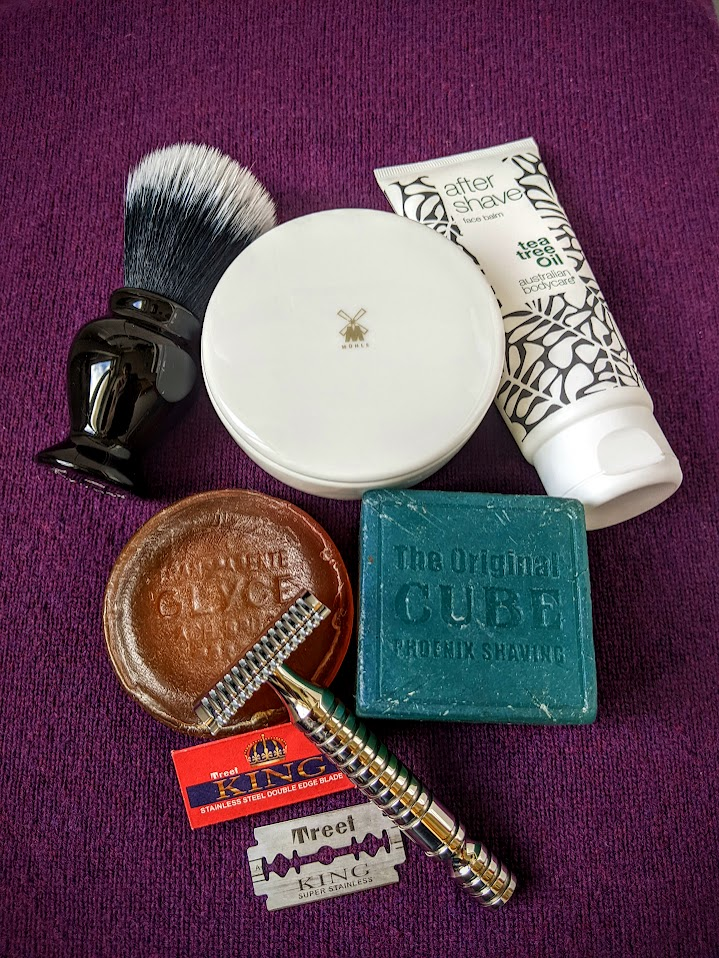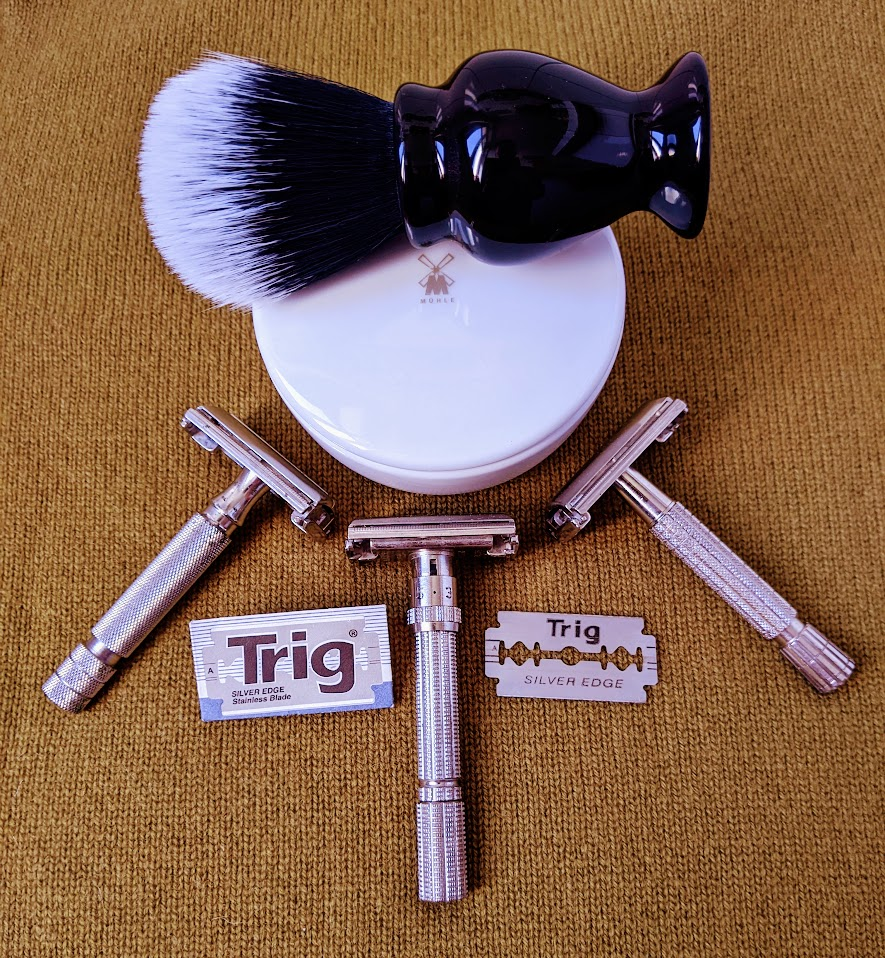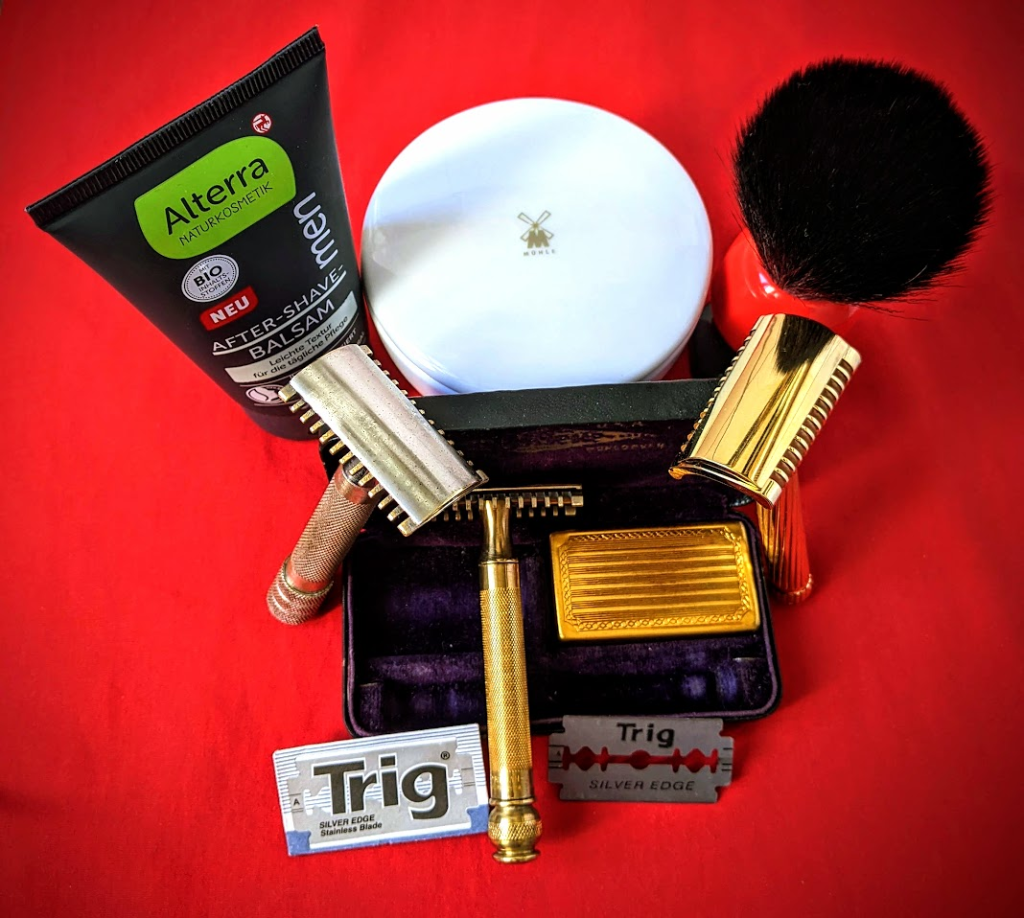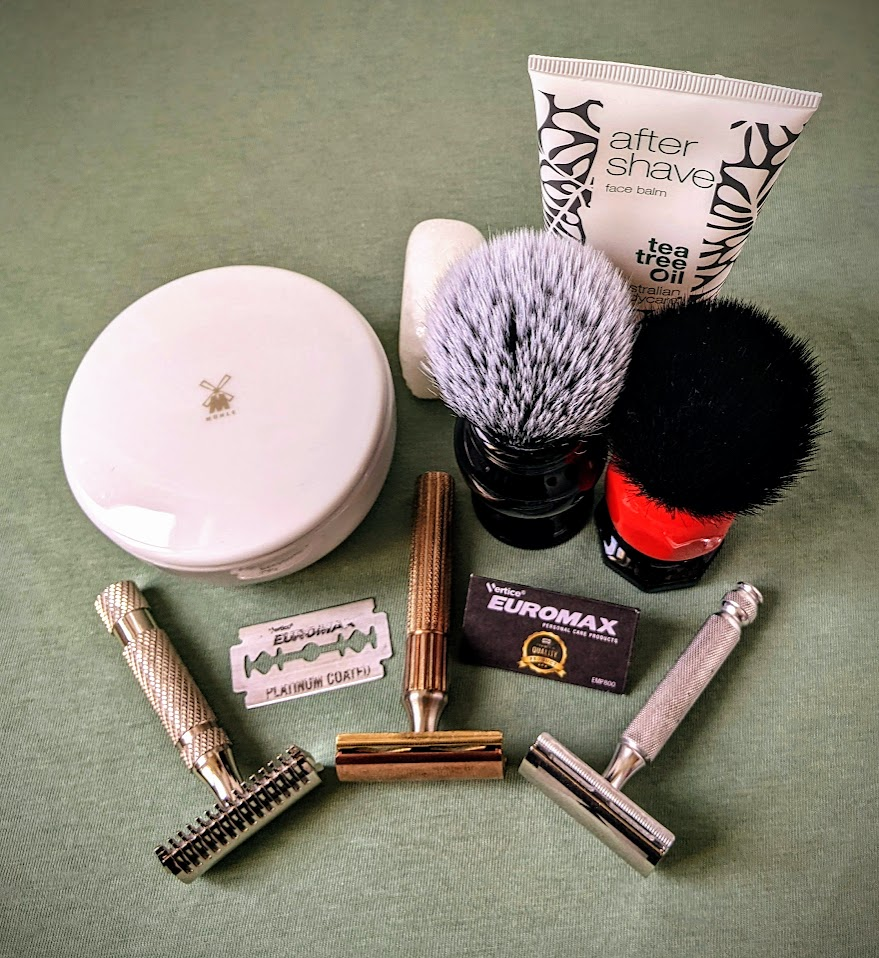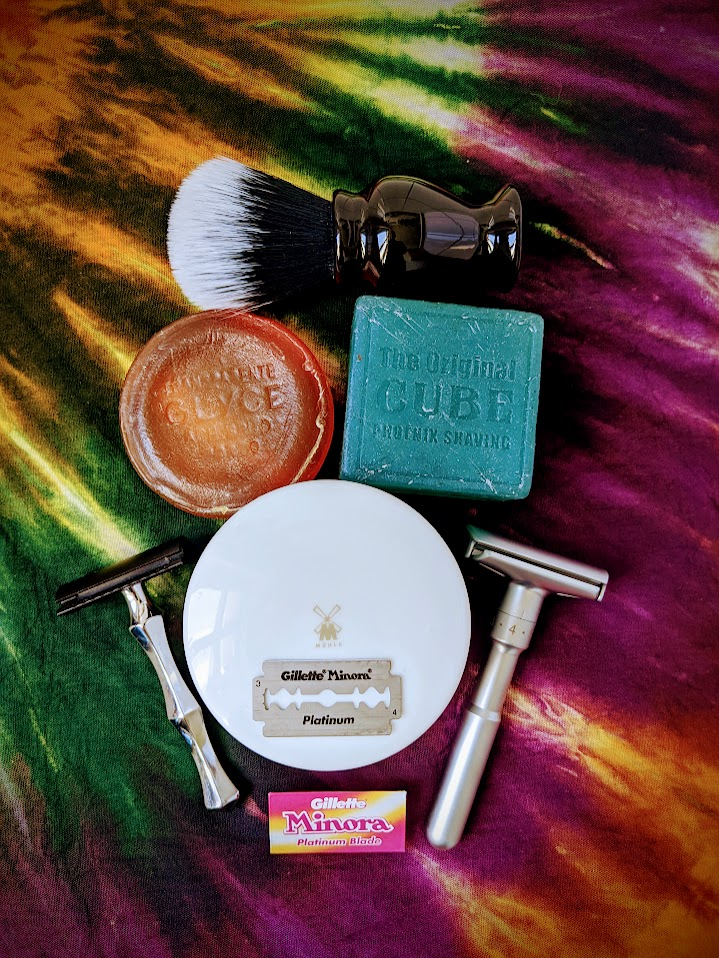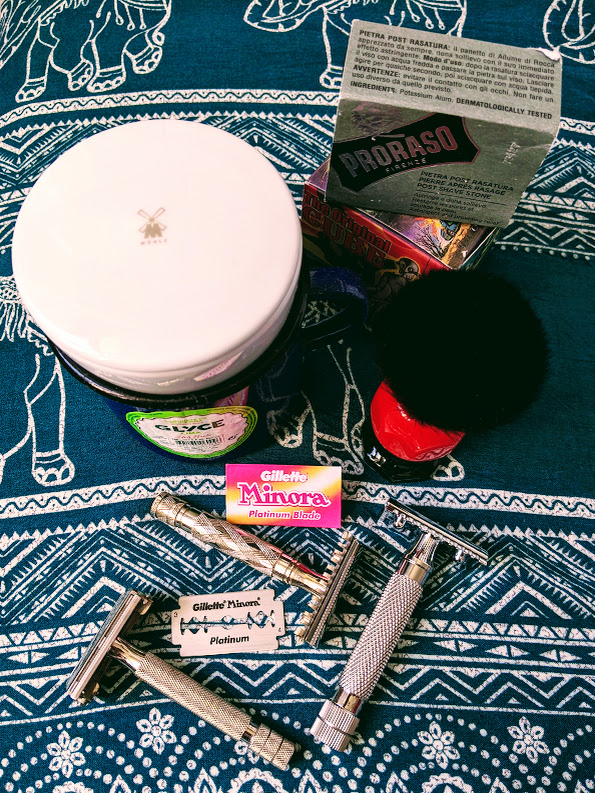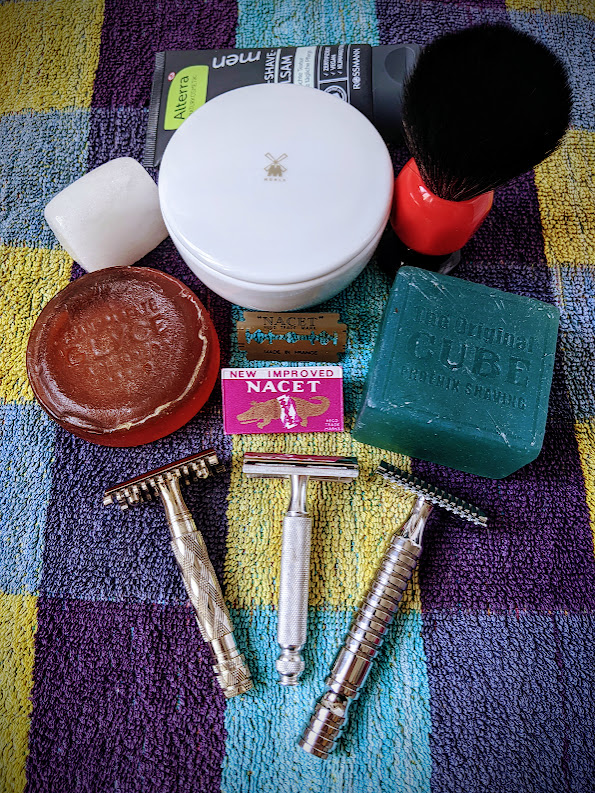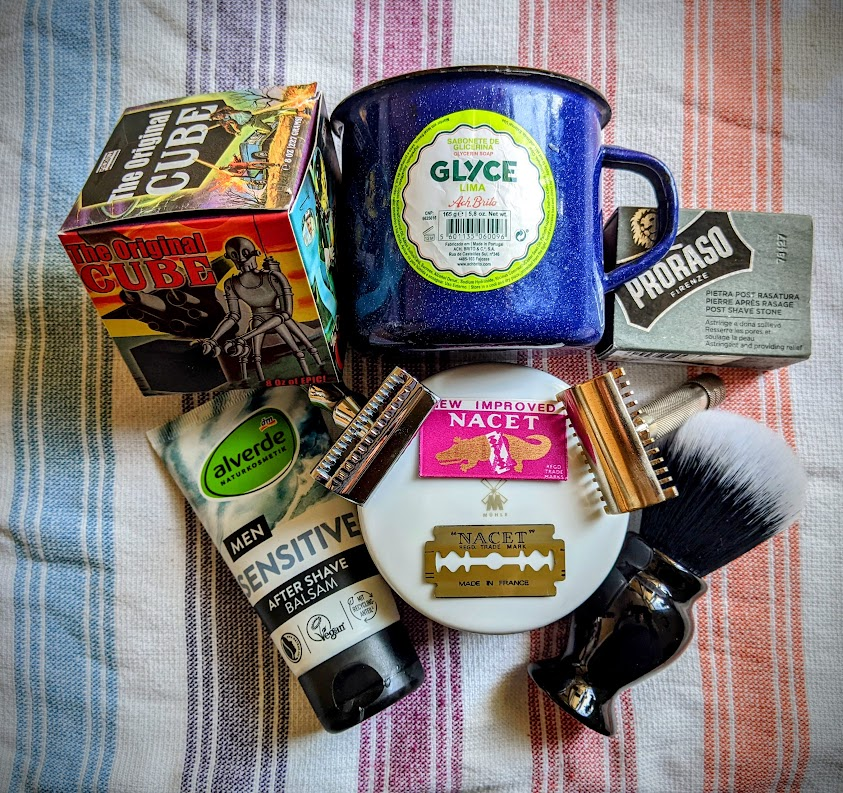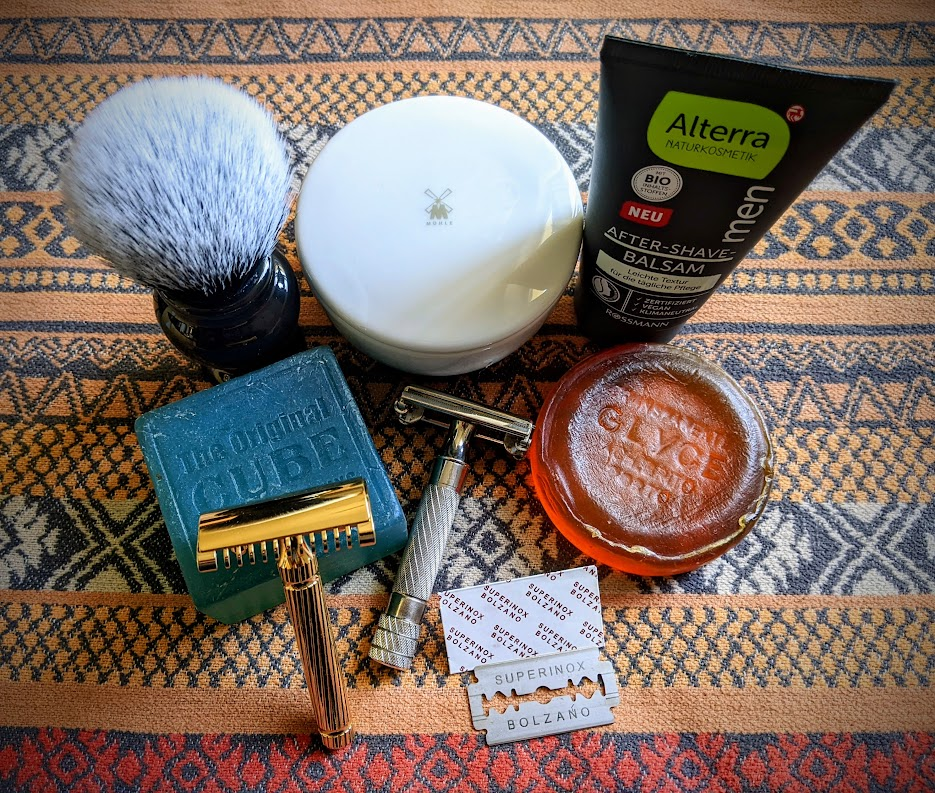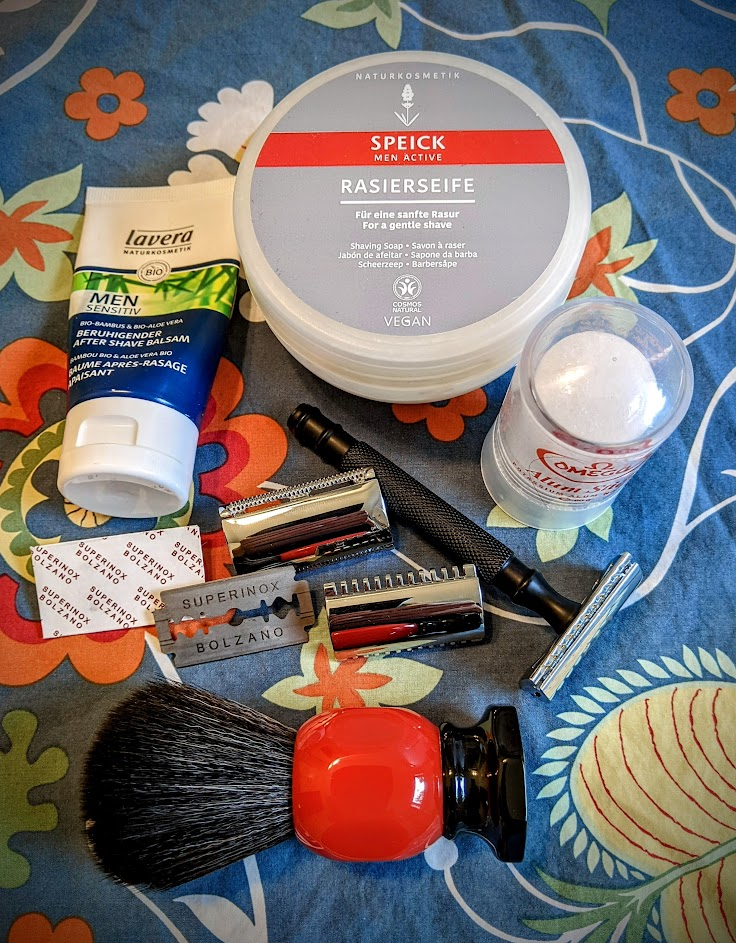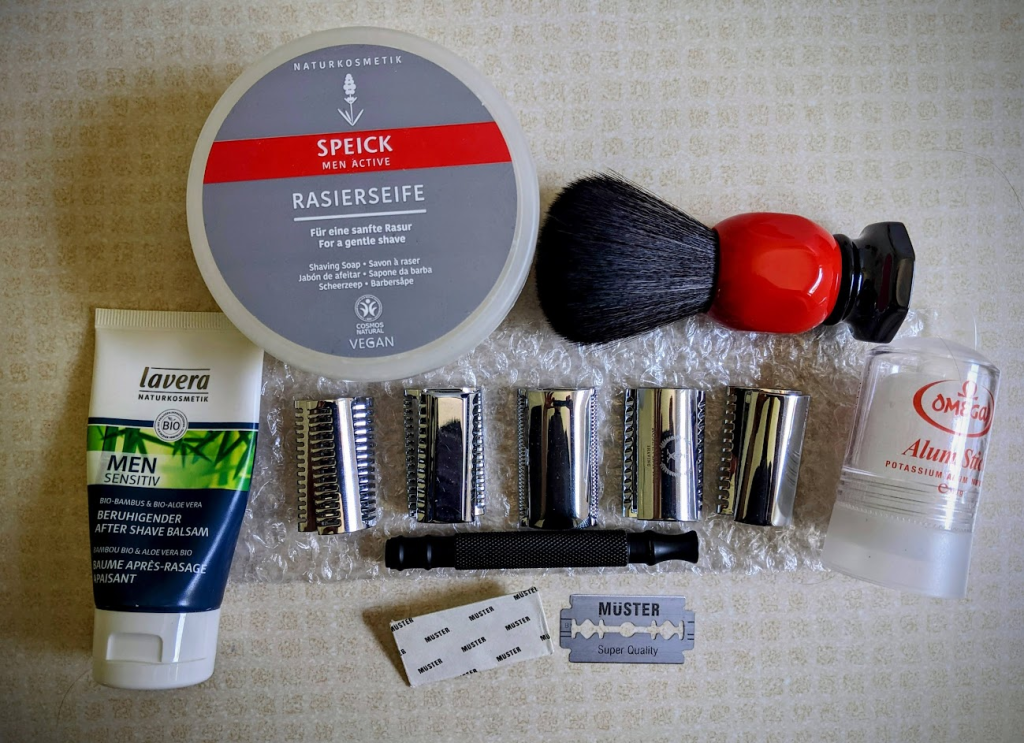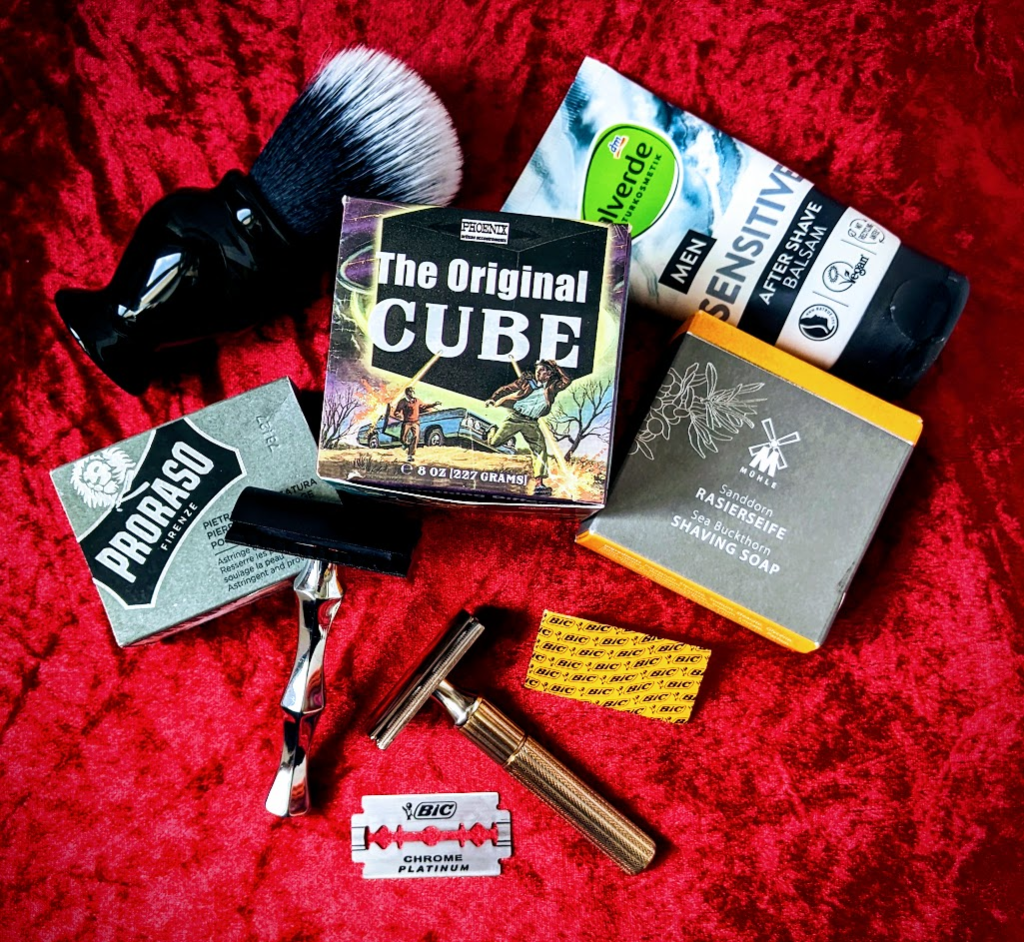- Thread starter
- #201
Blade #44: Treet Falcon, Round 4:
RazoRock M90a ‘Nina’
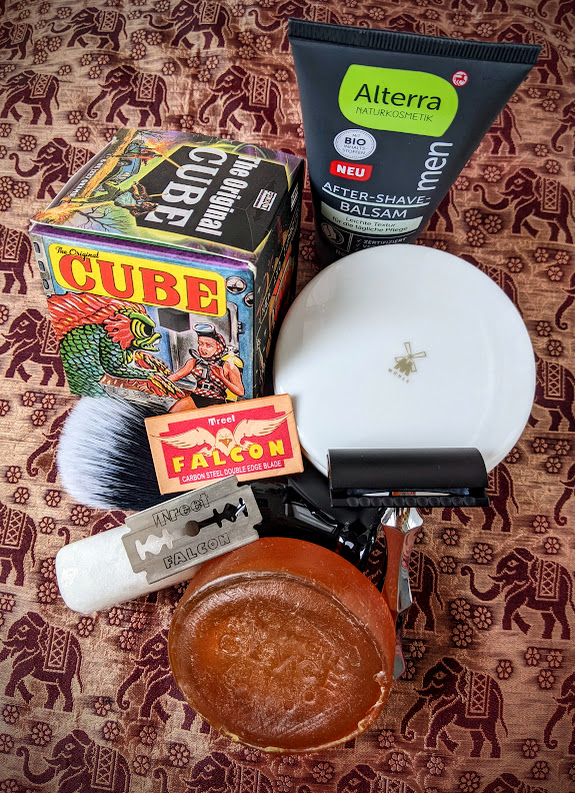
Input from @slimshavy led me to give the Falcon one more try, so I thought I’d throw it up against something a bit more modern and assertive, and settled on ‘Nina’. As usual, she performed brilliantly! The blade is definitely still a bit tuggy, but in combination with the razor’s balanced precision (I still love this strange handle and am so glad I stumbled on it!) it was quite a nice shave – though once again it took some time and persistence. But there was no blood or irritation, and the result was a satisfying, instantly comfortable near-BBS, so there’s really not much reason to complain! Still, I’ll be moving on next shave – 4 was OK, but I don’t need more.
Time for another whizz-bang roundup of some more of jazz’s finest female artists!
Lovie Austin, born Cora Taylor in 1887, was a classically trained pianist who began playing professionally in vaudeville, where she accompanied blues singers such as Ma Rainey, Ethel Waters and Alberta Hunter. She co-wrote the classic song “Down Hearted Blues” with Hunter, which was a hit for Bessie Smith. She was one of the few female bandleaders of her time, recording for Paramount Records with her own band, the Blues Serenaders. She also worked with Louis Armstrong and was a major influence on Mary Lou Williams.
Billie Pierce, born Wilhelmina Goodson, was one of six piano-playing sisters from Florida, who grew up playing religious music but were drawn to ragtime, blues, and jazz. She began playing piano professionally at the age of 15, and accompanied blues singers such as Ida Cox and Bessie Smith. She moved to New Orleans in 1930, where she became part of the Preservation Hall Jazz Band in the 1960s and 1970s. Her style has been described as a “potent mixture of barrelhouse, boogie-woogie, and ragtime”.
Dorothy Donegan was at home in the stride and boogie-woogie styles, but also played bebop and swing as well as classical piano. She was born and raised in Chicago, Illinois, and began playing professionally at the age of 14. She was a protégé of Art Tatum, who called her “the only woman who can make me practice”. She performed throughout the U.S. and abroad for over sixty years. She was best appreciated live, where she offered kaleidoscopic sets that mixed her singing, dancing, and off-color jokes with flamboyant and virtuosic piano excursions.
Hadda Brooks pianist, vocalist and composer, who was billed as “Queen of the Boogie”. She was born and raised in Los Angeles, California, where she found work as a pianist for a tap dance studio. She began recording for Modern Records in 1945, and her first single, “Swingin’ the Boogie”, which she composed, was a regional hit. She sang and played piano in several films, such as ‘Out of the Blue’, ‘In a Lonely Place’, and ‘The Bad and the Beautiful’.
Alice Coltrane, also known by her adopted Sanskrit name Turiyasangitananda, was an accomplished pianist and one of the few harpists in the history of jazz, who recorded numerous albums as a bandleader, beginning in the late 1960s and early 1970s. She was married to the jazz saxophonist and composer John Coltrane, with whom she performed in 1966–1967. She was one of the foremost proponents of spiritual jazz, and her eclectic music has been influential both within and outside the world of jazz; she has also recorded several albums of Hindu devotional songs.
Toshiko Akiyoshi was born in 1929 in Liaoyang, Manchuria, to Japanese colonists, and moved to Japan after World War II. She began playing piano professionally in Japan, moving to the U.S. in 1956 and becoming the first Japanese student at Berklee College of Music. She was married to, and performed and recorded with, saxophonists Charlie Mariano and Lew Tabackin, composing and arranging for both; leading her own big band, she was the first woman to win Best Arranger and Composer awards in Down Beat magazine’s annual Readers’ Poll. One of the most influential jazz musicians of her generation, she has infused Japanese culture, sounds, and instruments into her music.
Diana Krall is a Canadian jazz pianist and singer who has sold more than 15 million albums worldwide. She is the only jazz singer to have had eight albums debuting at the top of the Billboard Jazz Albums, winning three Grammy Awards and eight Junos. She has collaborated with Ray Brown, Tony Bennett, and Elvis Costello (who she also married).
Topping even Diana’s haul, Norah Jones has won nine Grammy Awards and sold more than 50 million records worldwide!. She is the daughter of legendary Indian sitarist Ravi Shankar, began playing piano at the age of five and signed with Blue Note Records in 2001. Her debut album, Come Away with Me became a global hit and won eight Grammys. With a country flair to her jazz, she has collaborated with other artists, such as Willie Nelson and Dolly Parton – as well as, more eclectically, the Foo Fighters, Outkast and Danger Mouse.
Once more, there are too many to make an absolutely comprehensive list… so I’ll finish with quick nods to Myra Melford, Elaine Elias, Lorraine Desmarais, Cleo Brown, Renee Rosnes, Junko Onishi, Keiko Matsui, Aki Takase, and Julia Hülsmann!
